Corrective Exercises to Support Long-Term Relief from Chronic Pain
October 2, 2025
8 min

Understanding Chronic Pain and the Promise of Corrective Exercise
Chronic pain is a pervasive condition affecting millions, posing challenges not only physically but also emotionally and socially. Amid the search for effective, long-lasting relief, corrective exercises have emerged as a vital strategy. These specialized movements target the root causes of pain by improving muscle imbalances, posture, flexibility, and joint function. This article delves into how corrective exercises, alongside other gentle physical activities, can support long-term management of chronic pain, backed by scientific insights and practical guidance.
How Exercises Provide Long-Term Relief from Chronic Pain

Chronic pain is a complex condition that affects a significant portion of adults and often persists beyond the usual healing period. The way exercise helps in managing and reducing this pain involves multiple physiological and psychological mechanisms.
One primary way exercise provides long-term relief is through muscle strengthening and increased flexibility. Strengthening support muscles around joints and improving flexibility reduce mechanical stress, improve posture, and support balance, all of which lessen strain on painful areas. Regular movement also encourages better joint function, preventing stiffness and deterioration. See more on exercise and joint health and strengthening core exercises.
Exercise stimulates the release of natural pain-relievers such as endorphins, serotonin, and endocannabinoids. These chemicals help block pain signals, improve mood, and build pain tolerance, creating a neurochemical environment conducive to pain relief and emotional well-being. Learn about exercise-induced hypoalgesia mechanisms and benefits of exercise for chronic pain.
Furthermore, engaging in physical activity reduces inflammation—a common driver of chronic pain—by promoting healthy blood flow and immune response. This reduction in inflammation helps decrease tissue irritation and nerve sensitivity over time. More on physical activity benefits in chronic pain and exercise effects on inflammation.
The mental health benefits of exercise are also vital. It decreases feelings of depression and anxiety often associated with chronic pain, fostering a more positive outlook toward pain management. For strategies see relaxation techniques and psychological therapies and exercise benefits for mental health.
Given the diversity of conditions, personalized and gradual exercise programs are crucial. Incorporating aerobic, resistance, and flexibility exercises tailored to individual capabilities ensures safety and effectiveness. For example, see corrective exercises benefits and programs, aerobic and resistance training, and home exercises for chronic pain.
In summary, exercise offers a multifaceted approach to managing chronic pain by physically strengthening the body, modulating pain neurochemicals, reducing inflammation, and supporting mental health. Consistent, tailored physical activity can lead to meaningful improvements in pain levels and quality of life.
Types of Corrective and Gentle Exercises Beneficial for Chronic Pain
Corrective exercises play a crucial role in managing chronic pain by addressing musculoskeletal imbalances and improving overall movement patterns. These exercises encompass a variety of targeted routines, including stretching, strengthening, balance, and mobility workouts. Stretching exercises, such as low back and neck stretches, help relieve muscle tension and stiffness, boosting flexibility and circulation. Strengthening routines focus on core stability and support muscles around vulnerable joints, reducing stress and preventing further pain or injury.
In addition to active strengthening, balance exercises improve coordination and stability, essential for preventing falls and injuries that could exacerbate pain conditions. Incorporating mobility exercises increases joint range of motion, which supports smooth and pain-free movement.
Low-impact aerobic activities such as walking, swimming, and cycling are effective for enhancing endurance and cardiovascular health without stressing affected joints. These activities also help in reducing overall pain levels.
Mind-body practices like yoga and tai chi are valuable adjuncts, promoting relaxation, reducing muscle tension, and releasing endorphins—natural pain relievers. The gentle, flowing movements in these practices improve flexibility, balance, and mental well-being.
Focusing on core stabilization and postural correction is essential since poor posture often contributes to pain, especially in the back and neck regions. Strengthening core muscles helps support spinal alignment and alleviates stress on the nervous system.
Before starting any exercise program, consulting with healthcare professionals such as physical therapists or chiropractors is vital to tailor routines to individual needs and ensure safety. Regular, consistent practice of these various exercise modalities helps reduce pain, improve mobility, and enhance overall quality of life.
Scientific Evidence Supporting Exercise for Chronic Pain Relief

Researches and reviews have provided accumulating evidence that exercise is beneficial for managing chronic pain. Extensive systematic reviews and clinical trials examining diverse populations and conditions—such as osteoarthritis, fibromyalgia, and low back pain—show that regular physical activity can lead to small to moderate improvements in physical function and sometimes reduce pain severity. These studies, although often limited by small sample sizes, consistently point to the safety of exercise, with most adverse effects being mild muscle soreness that subsides with continued activity.
Mechanistically, exercise induces hypoalgesia—meaning it raises pain thresholds and alleviates pain perception—primarily through activating central pain inhibitory systems. Biological mechanisms involve the release of endogenous opioids, endocannabinoids, and serotonergic neurotransmitters, which work together to block pain signals and promote feelings of well-being. Animal studies and neuroimaging in humans suggest that exercise modulates brain areas responsible for pain processing, improving overall pain management (Exercise therapy for pain management).
Despite positive findings, evidence quality varies, and many studies face limitations such as short follow-up periods and heterogeneity in exercise modalities. This highlights the importance of personalized and supervised programs, especially for older adults or individuals with severe or widespread pain (Exercise program for posture correction). Nonetheless, the overall consensus supports exercise as a safe, non-pharmacological strategy that can effectively enhance physical function, improve mood, and sometimes diminish pain levels (Exercise for chronic pain).
In conclusion, current evidence underscores the value of incorporating tailored, regular physical activity into chronic pain treatment plans, emphasizing that consistent, supervised exercise routines can provide meaningful, long-term relief with minimal risk (Exercise for chronic pain management).
Effective Physical Activity Routines for Managing Chronic Pain

Many individuals dealing with chronic pain find relief through specific physical activity routines tailored to their needs. Low-impact aerobic workouts such as brisk walking, swimming, and water aerobics are particularly beneficial. These exercises work all major muscle groups while being gentle on the joints, helping to improve cardiovascular health, flexibility, and overall mobility.
Incorporating stretching and flexibility routines targeting the lower back, neck, and hips can significantly relieve tension and reduce stiffness. Dynamic stretching before activity warms the muscles, while static stretches performed after exercise help elongate muscles and improve range of motion.
Strengthening exercises, especially those focusing on the core muscles, are vital. These can include resistance training using weights or household objects, which support posture and joint stability, reducing the risk of future injury. Core stability not only alleviates existing pain but also helps prevent the development of new discomforts.
Balance and stabilization practices such as yoga, tai chi, and Pilates are excellent for improving coordination, muscle strength, and flexibility. These activities also foster stress reduction and mental well-being, which are important in managing chronic pain.
Creating an effective exercise routine involves personalization and gradual progression. Consulting healthcare professionals like physical therapists ensures that routines are safe and suitable for individual health conditions. Starting slowly with manageable goals helps build confidence, encourages consistency, and maximizes long-term benefits.
Overall, a well-rounded, customized exercise program combining aerobic activity, stretching, strength training, and balance work can significantly reduce chronic pain, improve function, and enhance quality of life.
Practicing Corrective and Pain Relief Exercises Safely at Home

When managing chronic pain through exercises at home, safety and effectiveness hinge on several important practices. First, emphasizing the importance of gradual progression and consistency can transform routines into sustainable health habits. Starting with simple, gentle exercises and slowly increasing intensity helps prevent strain or injury.
Professional guidance plays a crucial role in ensuring safe practice. Consulting with healthcare providers or physical therapists before beginning new routines provides personalized instructions and helps identify suitable exercises, especially for conditions like fibromyalgia or back pain. Using validated online resources and instructional videos from reputable sources can also support adherence and proper technique.
Incorporating warming-up and cooling-down routines enhances safety by preparing muscles for activity and reducing stiffness afterward. Gentle stretching before exercise increases flexibility, while slow-paced cool-downs, such as deep breathing or light walking, help return the body to a resting state.
Monitoring pain levels during exercise is vital. Exercising within comfortable limits, avoiding movements that trigger or worsen pain, prevents setbacks. If discomfort persists or worsens, stopping the activity and seeking guidance from a healthcare professional is recommended.
To support adherence, tools like exercise logs, mobile apps, and reminder systems can help maintain consistency. Setting realistic goals and gradually increasing exercise duration or intensity ensures progress while minimizing risks.
By focusing on these principles—slow and steady progress, professional guidance, proper routines, attentive pain monitoring, and supportive tools—individuals can safely utilize at-home exercises to alleviate chronic pain and improve overall mobility.
The Impact of Posture Correction and Therapeutic Exercises in Long-Term Pain Relief

Posture correction and corrective exercises play a vital role in managing and reducing musculoskeletal pain over the long term. Numerous studies highlight that targeted exercise routines, such as stretching, strengthening, and flexibility training, can significantly decrease discomfort, especially in areas like the shoulders, mid-back, and lower back. For example, an 8-week program involving simple postural adjustments and movement exercises has been shown to produce measurable pain reductions and improve body mechanics.
Corrective exercises are extensively utilized in chiropractic care and physical therapy settings to address muscle imbalances and poor postural habits. These exercises aim to strengthen weak support muscles, stretch tight tissues, and promote proper alignment. By doing so, they help reduce undue strain on joints, nerves, and soft tissues, preventing future episodes of pain and injury.
Therapeutic modalities often complement exercise routines, including manual therapy, heat, ice, electrical stimulation, and education on ergonomic adjustments. These integrated treatments enhance circulation, decrease inflammation, and accelerate healing. Education about proper posture and body mechanics empowers individuals to maintain healthy habits beyond formal therapy sessions.
The benefits of these combined approaches extend beyond immediate pain relief. They support sustainable improvements in posture, joint health, and muscular support, thereby reducing the risk of recurrence. By addressing the root causes of misalignment and muscular weakness, posture correction and therapeutic exercises contribute to a significant decrease in chronic musculoskeletal pain and are effective in preventing future injuries.
Overall, implementing consistent corrective and therapeutic exercises within a comprehensive care plan offers lasting relief for those suffering from chronic pain. The improvements in alignment, muscle balance, and functional movement not only alleviate current discomfort but also serve as a foundation for a healthier, pain-free future.
Embracing Corrective Exercises for Sustainable Chronic Pain Relief
Corrective exercises, combined with other forms of gentle physical activity, offer a holistic and effective approach to managing chronic pain over the long term. By addressing the root causes of pain through improved posture, muscle balance, and joint function, these exercises contribute to reducing pain intensity and enhancing functional capacity. Supported by scientific evidence, exercise interventions are both safe and beneficial for many chronic pain conditions when personalized and practiced consistently. Integrating corrective movements with stretching, strengthening, and mind-body practices empowers individuals to regain control over their pain, improve their quality of life, and foster lasting mobility and wellness. With proper guidance and gradual progression, corrective exercises stand as a cornerstone of sustainable chronic pain management.
Recent articles

Simple Lifestyle Adjustments to Maintain a Healthy Spine

Personalized Nutritional Counseling for Improved Health Outcomes

Exploring Non-Surgical Treatments for Spine-Related Conditions
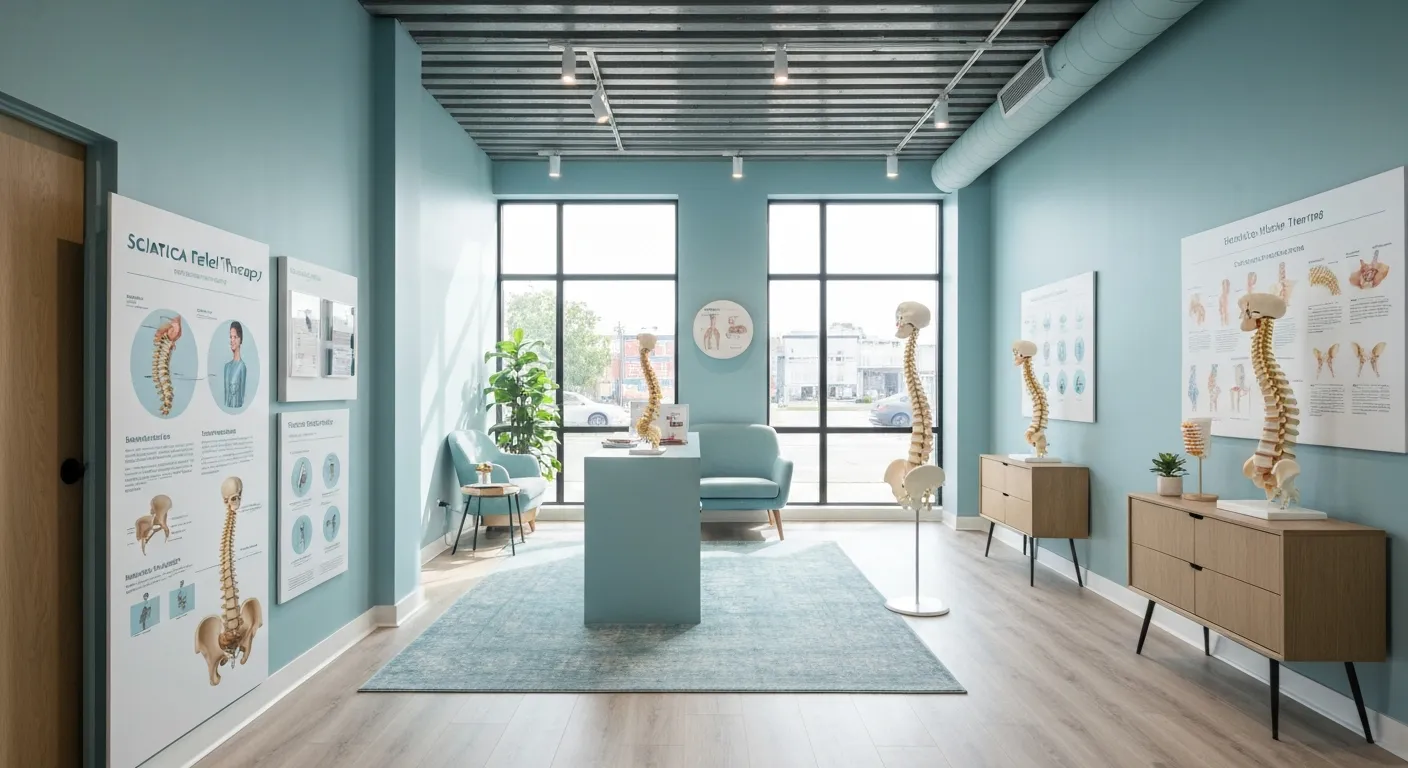
An Introduction to Spinal Decompression for Sciatica Patients

Transformative Success Stories: Patient Experiences with Chiropractic Treatments

Why Chiropractic Care Is Essential for Back Pain Relief

Addressing Underlying Causes Versus Symptom Management in Pain Care

The Role of Nutrition in Enhancing Chiropractic Treatment Effectiveness
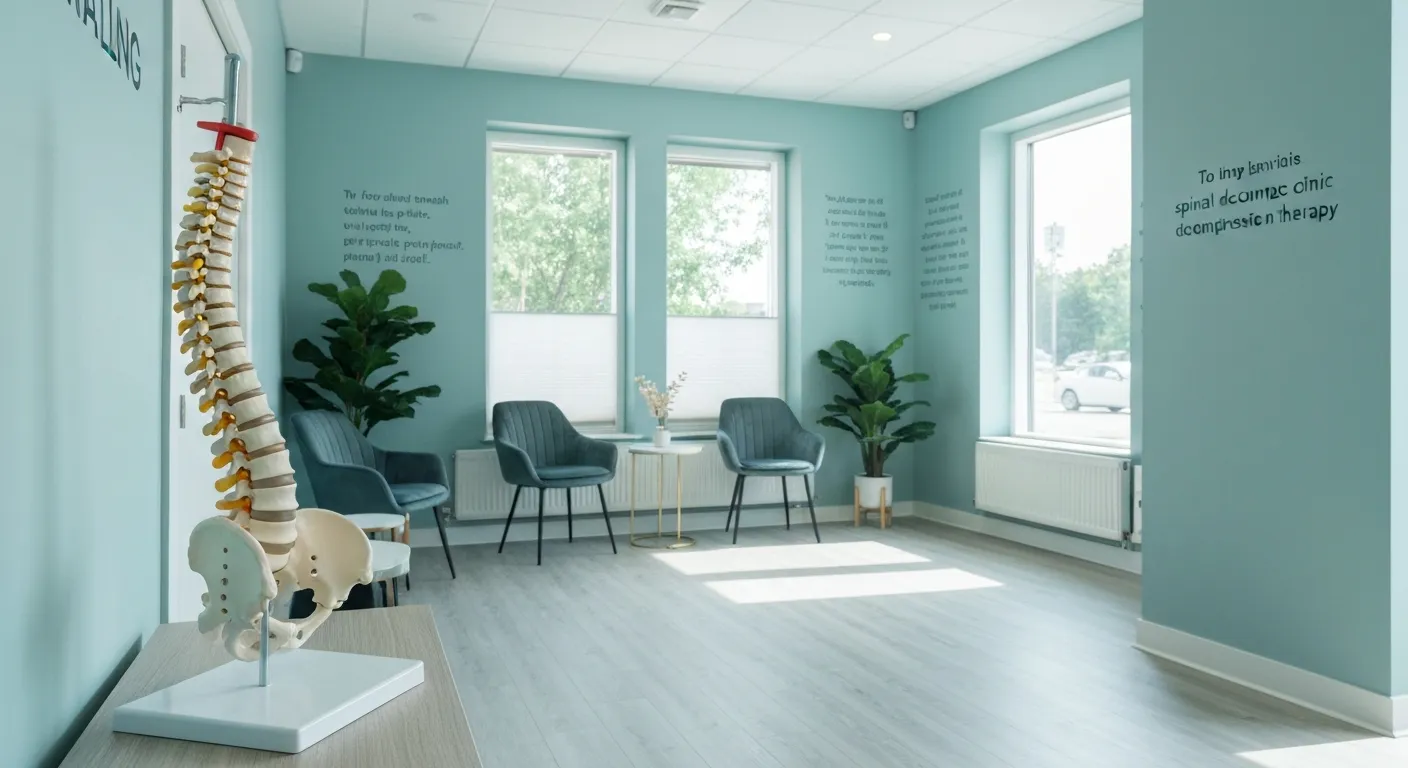
Sciatica Treatment Options: Is Spinal Decompression Right for You?

Lifestyle Tips to Maintain a Healthy Spine and Prevent Back Issues

The Synergy Between Physiotherapy and Chiropractic Treatments

What Happens During Your Initial Chiropractic Consultation

Effective Corrective Exercises for Sustainable Pain Management

Taking a Root Cause Approach to Chronic Pain Management

Holistic Pain Management Techniques Without Surgery

How Patient Success Stories Validate Chiropractic Care Benefits

Spinal Decompression: Innovative Treatment for Sciatic Nerve Pain

Spinal Decompression Therapy: A Non-Invasive Approach to Sciatica Relief

Exploring Holistic Approaches Beyond Surgery for Pain Relief

Practical Lifestyle Advice to Support a Healthy Spine Every Day

Corrective Exercise Routines Designed for Long-Term Pain Prevention

Real Patient Stories: Overcoming Chronic Pain with Chiropractic Care

Lifestyle Changes That Promote a Healthy Spine and Prevent Injury

How Addressing the Root Cause of Pain Leads to Lasting Relief

Non-Surgical Holistic Therapies to Manage Chronic Pain Effectively

Nutritional Counseling's Impact on Physical Health and Healing

Benefits of Regular Chiropractic Care for a Stronger Back

Your First Chiropractic Visit: What to Expect and How to Prepare

Patient Experiences: How Chiropractic Care Transformed Their Lives

Exploring Holistic, Non-Surgical Options for Pain Management

Combining Physiotherapy with Chiropractic Treatments for Enhanced Recovery

Holistic Treatments That Offer Alternatives to Surgery for Pain Relief

Corrective Exercise Strategies for Long-Term Spine Health

How Physiotherapy Complements Chiropractic Adjustments for Better Outcomes

First-Time Chiropractic Visitors: What You Should Know

Understanding the Importance of Treating Pain at Its Source

Adopting Lifestyle Changes to Support Your Spine's Wellness

Utilizing Physiotherapy to Enhance Chiropractic Treatment Outcomes

The Key Advantages of Chiropractic Care for Back Pain Sufferers

Why Focusing on Root Causes Improves Pain Treatment Success

Corrective Exercises That Promote Lasting Pain Relief and Mobility

Sciatica Relief Through Targeted Spinal Decompression Techniques

Preparing for Your First Chiropractic Appointment with Confidence

Healthy Lifestyle Habits for Maintaining Spinal Alignment

Success Stories Highlighting Chiropractic's Role in Pain Recovery

Top Benefits of Chiropractic Care for Chronic Back Pain

Nutrition Tips to Boost Your Overall Wellness and Recovery

How Chiropractic Care Alleviates Back Pain Naturally

How Nutritional Counseling Supports Overall Wellness and Spine Health

Step-by-Step Guide to Your First Visit with a Chiropractor

Using Nutrition to Support Chiropractic and Overall Wellness

Integrating Physiotherapy in Your Chiropractic Healing Journey

How Physiotherapy Complements Chiropractic Adjustments for Faster Healing

Lifestyle Tips for Maintaining a Healthy Spine and Preventing Back Pain

Heartwarming Patient Testimonials Highlighting Chiropractic Success

How Proper Nutrition Supports Chiropractic and Physiotherapy Treatments

Combining Physiotherapy and Chiropractic Treatments for Optimal Recovery

Why Chiropractic Treatments Are Effective for Managing Back Pain

Choosing a Chiropractor: Tips for Finding a Trusted Provider

Integrating Physiotherapy and Chiropractic: Benefits and What to Expect

How Tailored Corrective Exercises Can Aid in Pain Management

Chiropractic Care: A Proven Solution for Alleviating Back Pain

What to Expect at Your First Chiropractic Visit: A Comprehensive Guide

The Importance of Root Cause Analysis in Effective Pain Management

The Role of Corrective Exercises in Sustaining Pain-Free Living

Combining Chiropractic and Physiotherapy for Comprehensive Pain Relief

How Addressing Underlying Causes Improves Pain Treatment Effectiveness

Maintaining Spinal Health Through Lifestyle Changes and Preventive Care

Understanding the Benefits of Chiropractic Adjustments for Back Pain Sufferers

Spinal Decompression Therapy: A New Hope for Sciatica Relief

Lifestyle Recommendations to Support a Healthy Spine and Reduce Pain
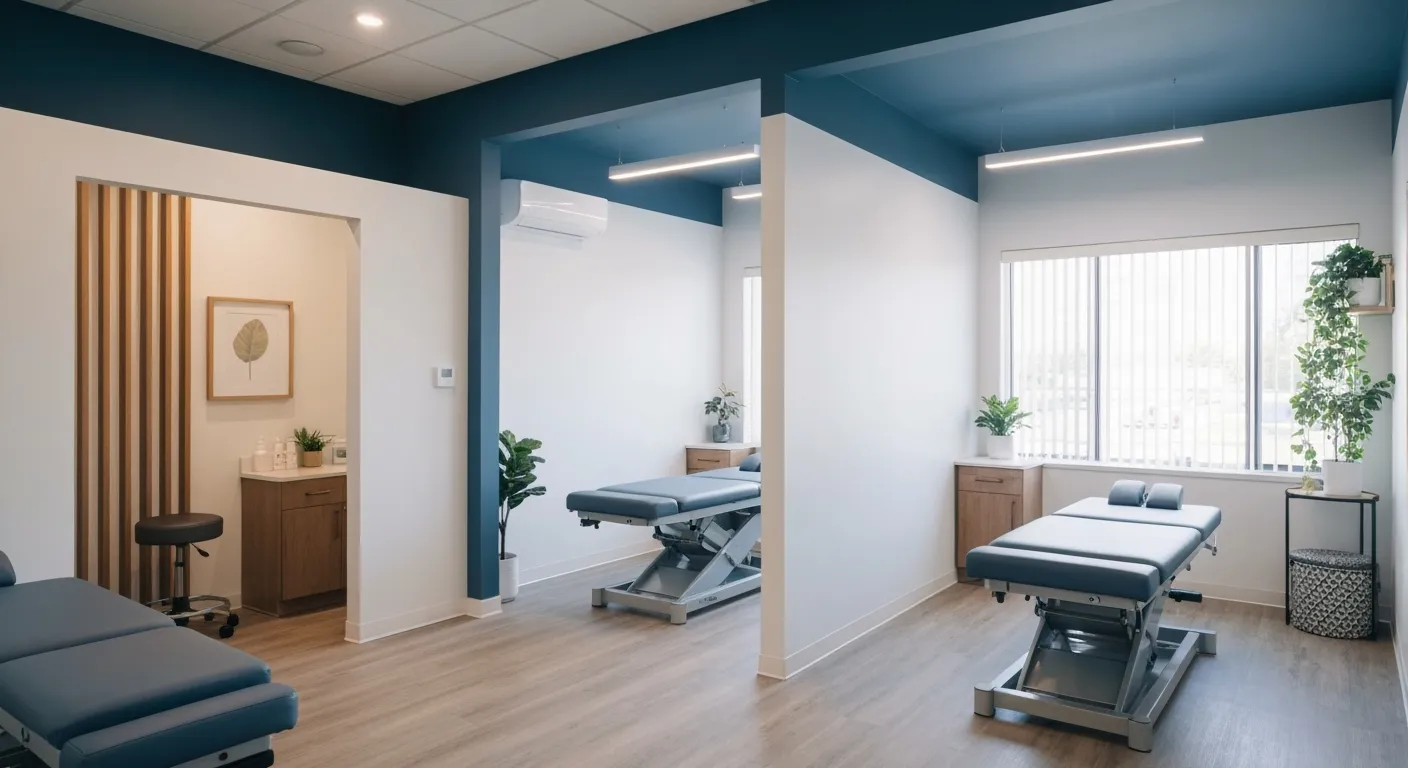
Choosing the Right Chiropractor: Key Factors to Consider Before Your First Appointment

Non-Invasive Treatment Alternatives: A Holistic Approach to Pain Relief

Corrective Exercises to Support Long-Term Relief from Chronic Pain

Exploring Non-Surgical Approaches to Spine Health and Wellness

Tips for Daily Habits That Keep Your Spine Strong

Success Stories: How Chiropractic Treatments Changed Lives

Why Focusing on the Root Cause of Pain Leads to Better Outcomes

Nutritional Counseling and Its Impact on Overall Wellness and Recovery

Patient Testimonials That Showcase the Power of Chiropractic Care

Preparing for Your First Chiropractic Appointment: What You Need to Know

Holistic Treatment Options: Beyond Surgery for Pain Relief

Holistic Pain Relief Methods That Avoid Surgery

Nutritional Strategies for Supporting Spine Health and Recovery

First Chiropractic Visit: What Happens and How to Prepare

Chiropractic Patient Success Stories: Inspiring Journeys to Wellness
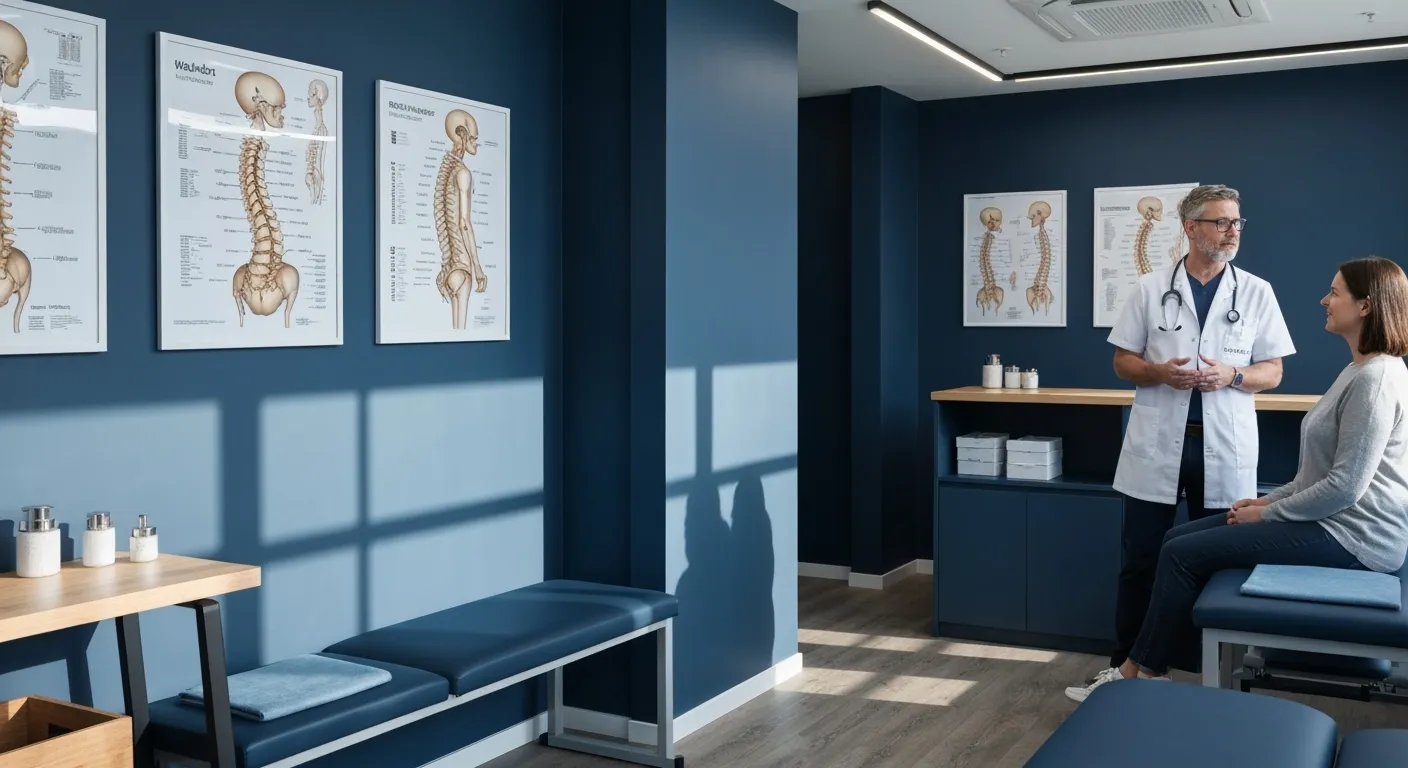
Effectiveness of Spinal Decompression Therapy in Managing Sciatic Nerve Pain

Addressing Pain at Its Source: Why Treating the Root Cause Matters

Corrective Exercise Programs Designed for Long-Term Pain Prevention

Healthy Lifestyle Advice for Maintaining Spinal Alignment
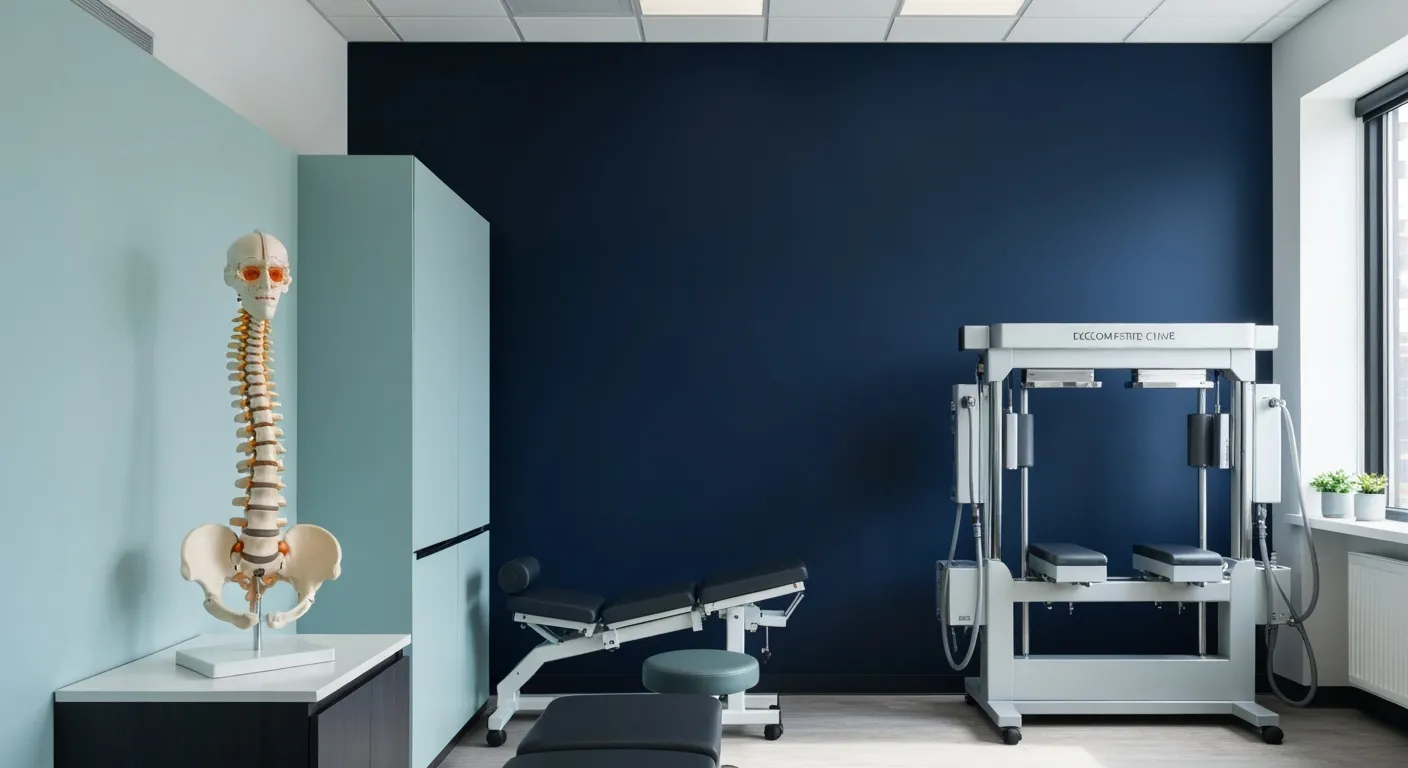
Understanding Spinal Decompression as a Treatment for Sciatica Pain
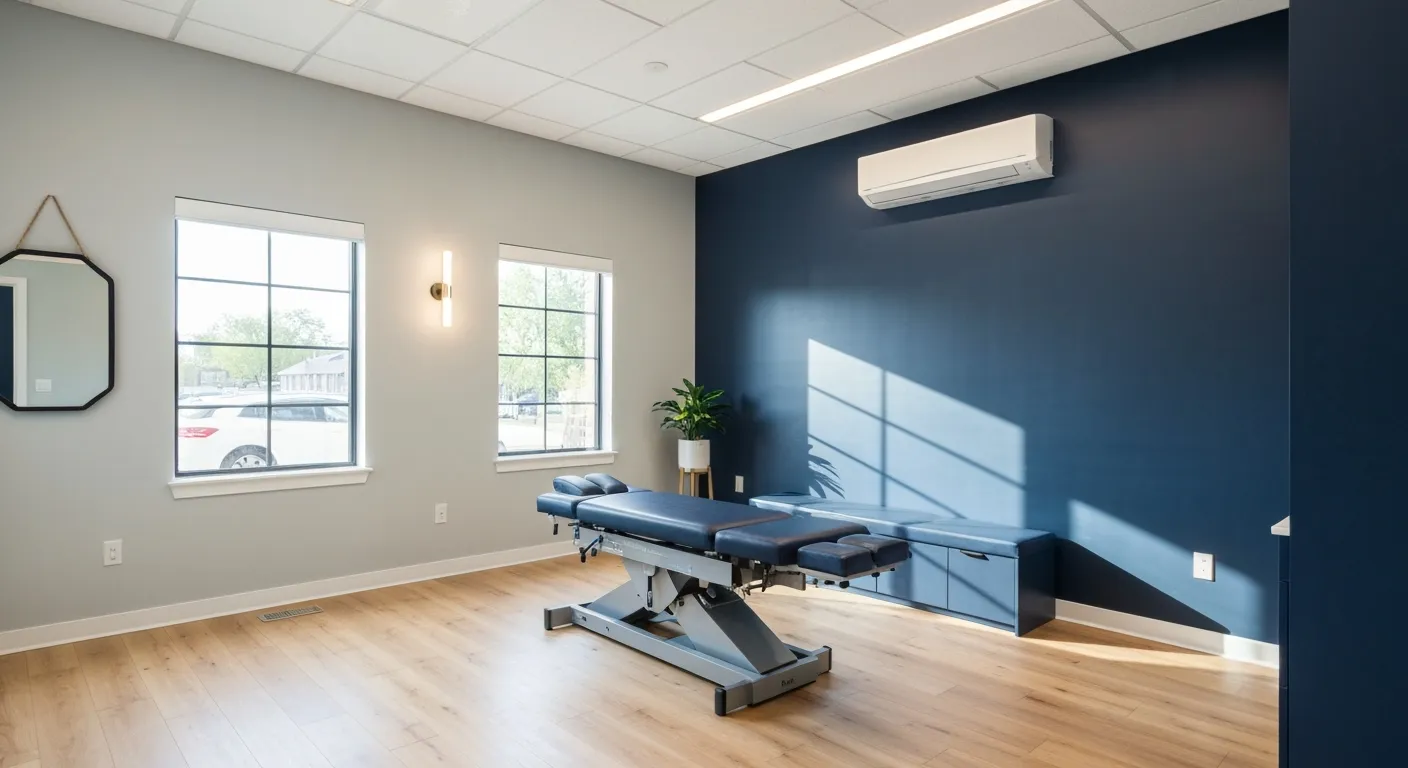
Benefits of Chiropractic Care Specifically for Back Pain Relief

Understanding Gait Analysis in Physiotherapy
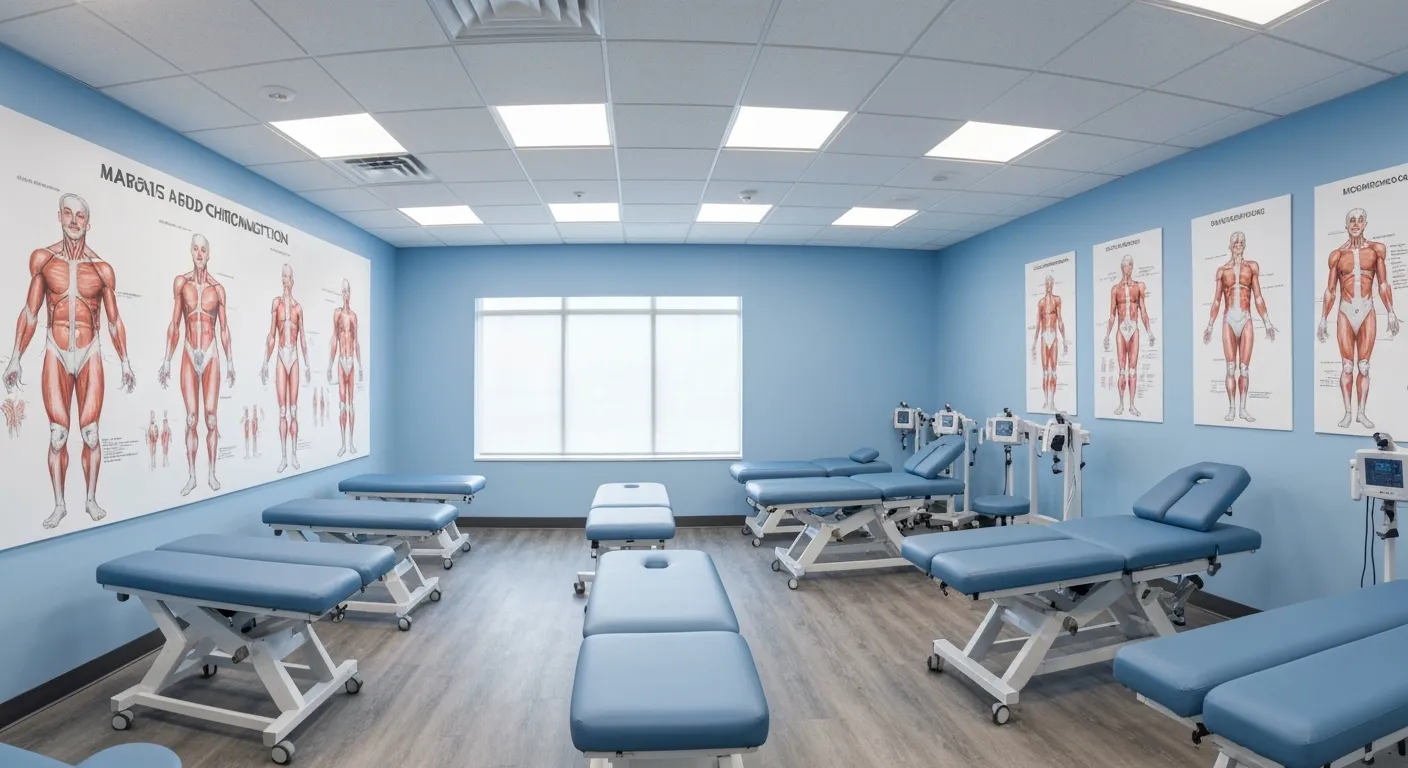
The Difference Between Muscle Soreness and Dysfunction

Workplace Stress Statistics: How Muscle Tension Impacts Productivity

How Physiotherapy Improves Mobility for Seniors

How to Communicate Pain Levels to Your Therapist Effectively
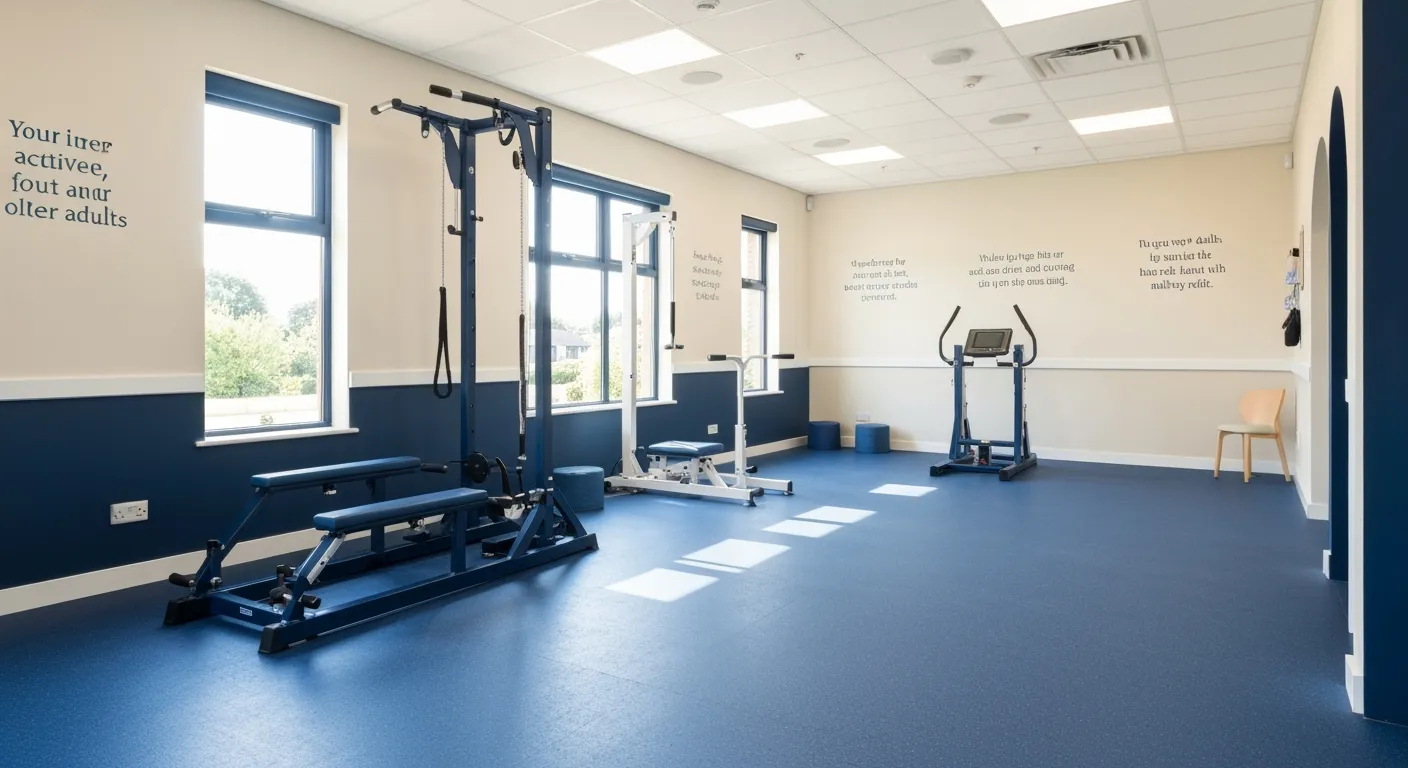
Physiotherapy Interventions for Balance and Fall Prevention

How Physiotherapy Helps Post-Surgical Recovery

